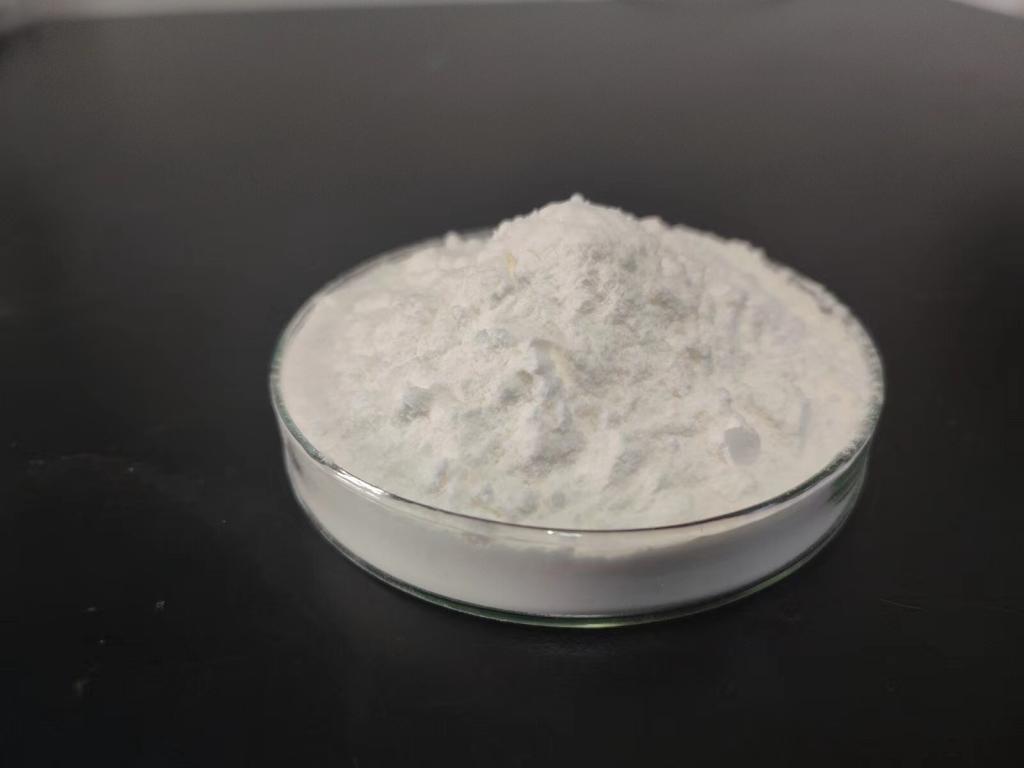Tel:0086 18231198596

News
Current Position:
Home >
News
>ε-Polylysine Hydrochloride in Dairy Products: Revolutionizing Safety Standards
ε-Polylysine Hydrochloride in Dairy Products: Revolutionizing Safety Standards
TIME:2023-12-29
I. Introduction: The Need for Advanced Preservation in Dairy
Challenges in Dairy Product Preservation
The preservation of dairy products presents unique challenges due to the high moisture content, nutrient-rich composition, and susceptibility to microbial contamination. Traditional preservatives often fall short in meeting consumer preferences for natural and clean-label products.
The Rise of Natural Preservatives
Consumer awareness and preferences are shifting towards natural and sustainable solutions. In response, the dairy industry seeks innovative approaches that not only ensure product safety but also align with the growing demand for cleaner, minimally processed foods.
II. ε-Polylysine Hydrochloride: An Overview
Definition and Sources
ε-Polylysine is a naturally occurring cationic polymer produced by bacteria such as Streptomyces albulus. Its hydrochloride form, ε-polylysine hydrochloride, is widely recognized for its antimicrobial properties and has found applications in various food industries.
Mechanism of Action
The antimicrobial activity of ε-polylysine hydrochloride is attributed to its interaction with microbial cell membranes, disrupting their structure and leading to cell death. Its specificity for bacteria and fungi makes it an ideal candidate for targeted preservation in dairy products.
III. Applications in Dairy Product Preservation
ε-Polylysine in Cheese Production
Antimicrobial Role: ε-Polylysine hydrochloride helps control the growth of spoilage microorganisms and pathogens in cheese, contributing to prolonged shelf life.
Quality Preservation: The use of ε-polylysine can preserve the sensory qualities of cheese, ensuring that the product maintains its intended flavor and texture over an extended period.
Enhancing Safety in Milk and Yogurt
Bacterial Control: In milk and yogurt, where bacterial contamination is a concern, ε-polylysine hydrochloride acts as a safeguard, inhibiting the proliferation of harmful bacteria.
Extended Shelf Life: By reducing microbial load, ε-polylysine contributes to the extension of the shelf life of milk and yogurt, minimizing product waste.
IV. Comparative Analysis: ε-Polylysine vs. Traditional Preservatives
Advantages of ε-Polylysine Hydrochloride
Natural Origin: Derived from natural sources, ε-polylysine aligns with clean-label trends and addresses consumer preferences for natural food additives.
Broad-Spectrum Activity: ε-Polylysine exhibits antimicrobial activity against a wide range of microorganisms, providing comprehensive protection.
Minimal Impact on Flavor and Texture: Unlike some traditional preservatives, ε-polylysine has minimal impact on the sensory attributes of dairy products.
Environmental Considerations
The production and application of ε-polylysine hydrochloride involve environmentally friendly processes, contributing to sustainability goals in the dairy industry. Comparisons with traditional preservatives highlight the potential ecological advantages of adopting ε-polylysine.
V. Regulatory Landscape and Safety Assurance
Regulatory Approval and Status
Navigating the regulatory landscape is crucial for the widespread adoption of ε-polylysine hydrochloride in dairy products. Understanding its regulatory status and addressing any approval challenges are essential steps for industry stakeholders.
Safety Considerations
Extensive studies on the safety of ε-polylysine hydrochloride have demonstrated its low toxicity and negligible side effects. Ensuring adherence to recommended usage levels and regulatory guidelines guarantees the safety of dairy products containing this natural preservative.
VI. Challenges and Solutions in Implementation
Consumer Perception and Education
Overcoming potential resistance from consumers requires transparent communication and educational efforts. Informing consumers about the safety and benefits of ε-polylysine hydrochloride fosters acceptance and trust in its application in dairy products.
Optimizing Formulations and Processes
Achieving optimal results with ε-polylysine hydrochloride involves fine-tuning formulations and processes. Collaborative efforts between researchers, dairy producers, and food technologists can refine application techniques for maximum efficacy.
VII. Future Trends and Innovations
Combination with Other Natural Preservatives
Exploring synergies between ε-polylysine hydrochloride and other natural preservatives may offer enhanced preservation effects. Combinations with substances like plant-derived antimicrobials or essential oils could pave the way for innovative preservation solutions.
Advancements in Delivery Systems
Research into novel delivery systems, such as encapsulation or nanotechnology, can improve the stability and controlled release of ε-polylysine hydrochloride, optimizing its performance in dairy products.
VIII. Conclusion: ε-Polylysine Hydrochloride's Role in Dairy Preservation
As the dairy industry evolves to meet the demands of discerning consumers and changing regulatory landscapes, ε-polylysine hydrochloride emerges as a transformative natural preservative. Its broad-spectrum antimicrobial activity, natural origin, and minimal impact on product quality position it as a key player in revolutionizing safety standards in dairy products. Collaborative efforts between industry stakeholders, regulatory bodies, and consumers are essential for realizing the full potential of ε-polylysine hydrochloride and ushering in a new era of sustainable and safe dairy preservation.

 CONTACT
CONTACT




